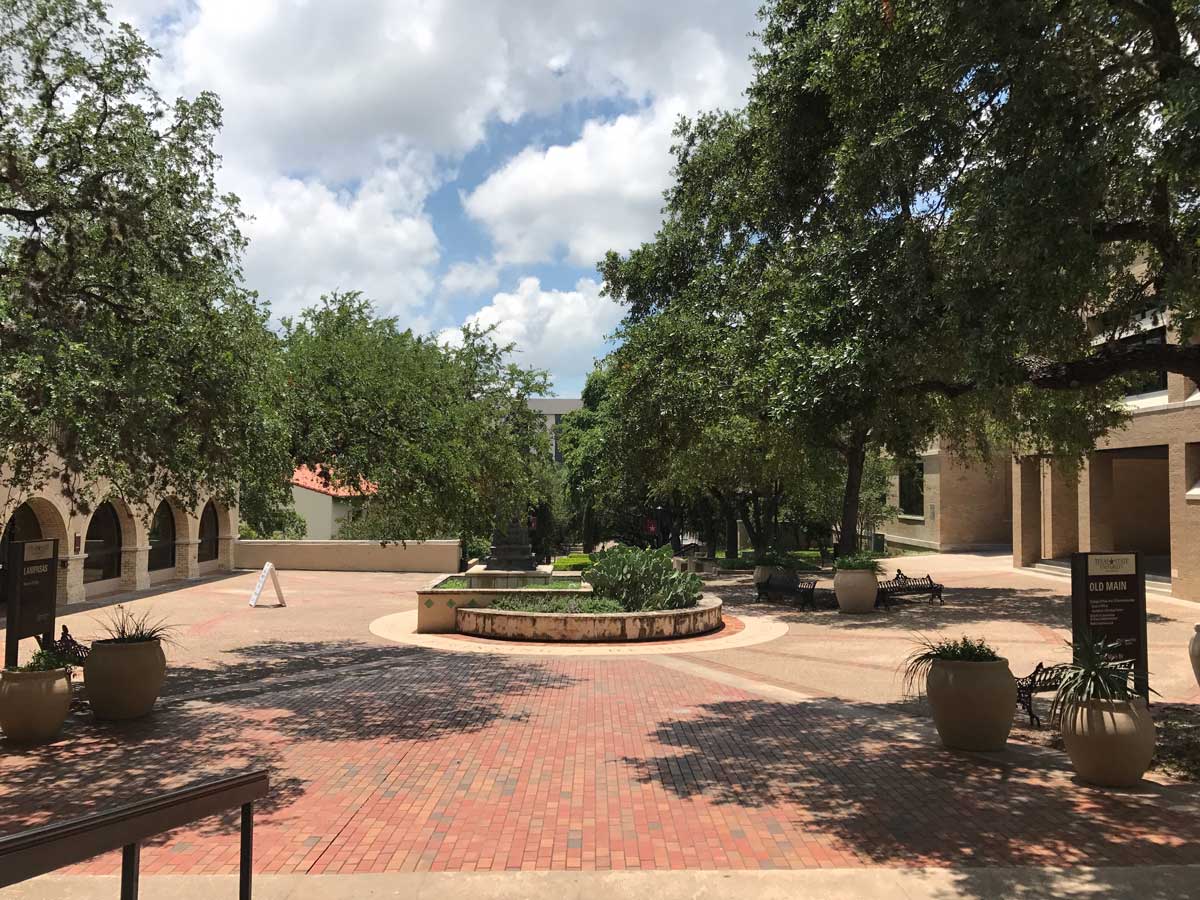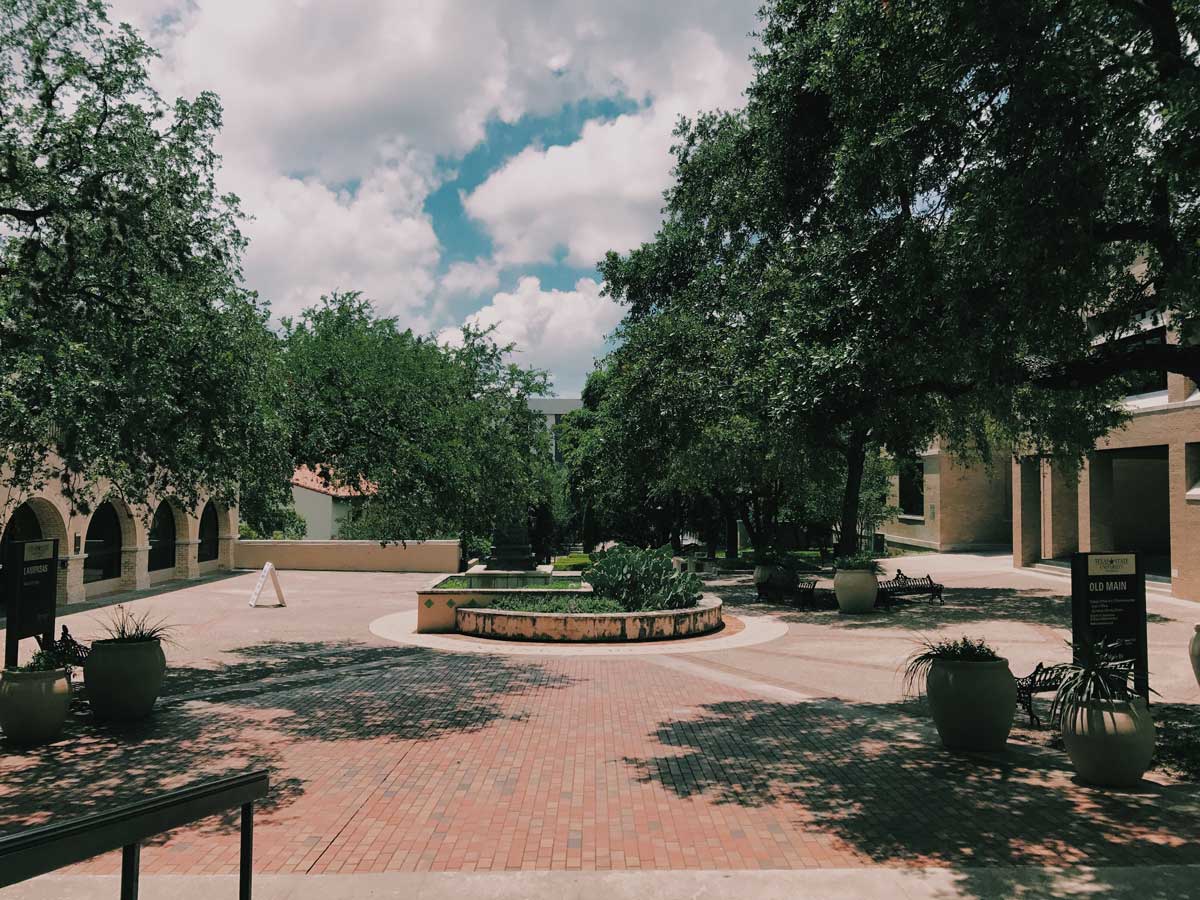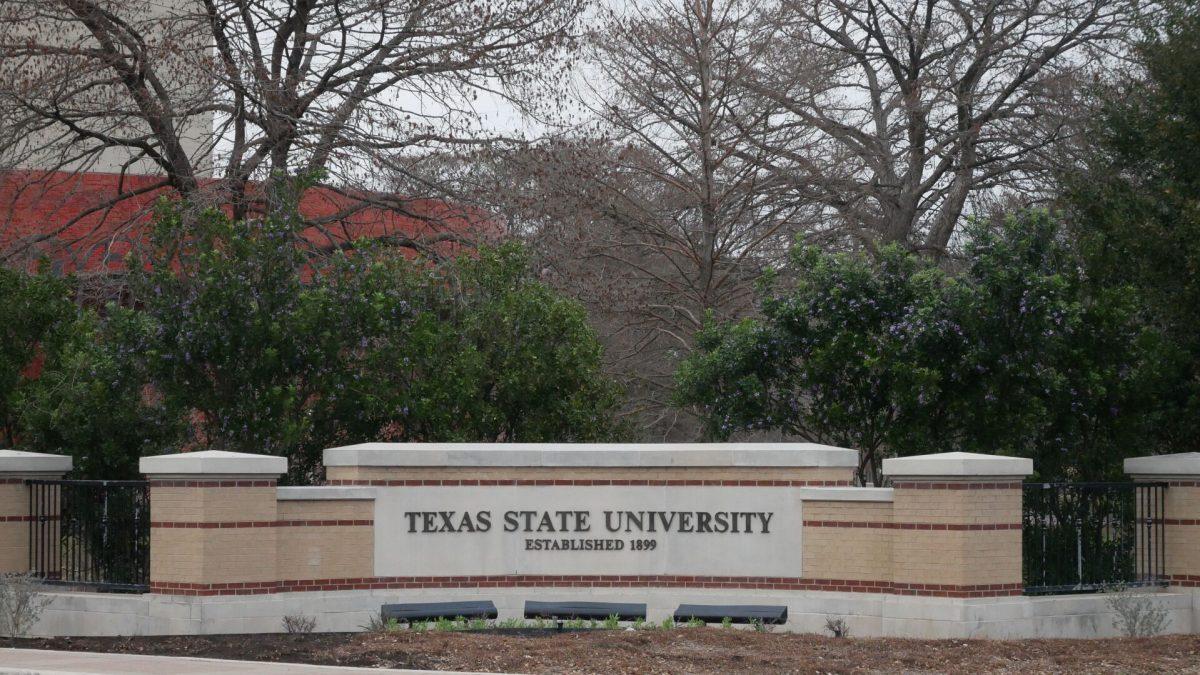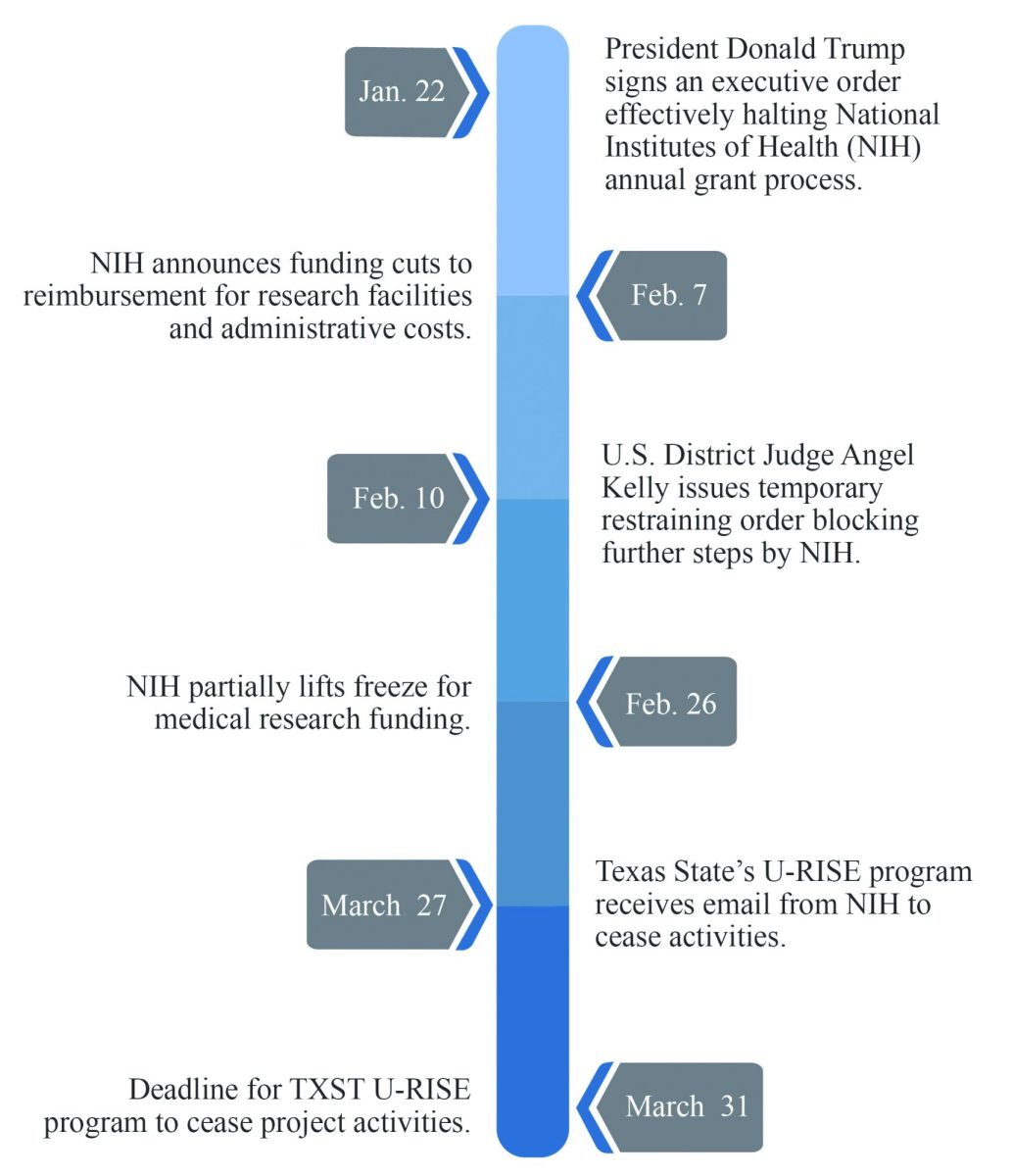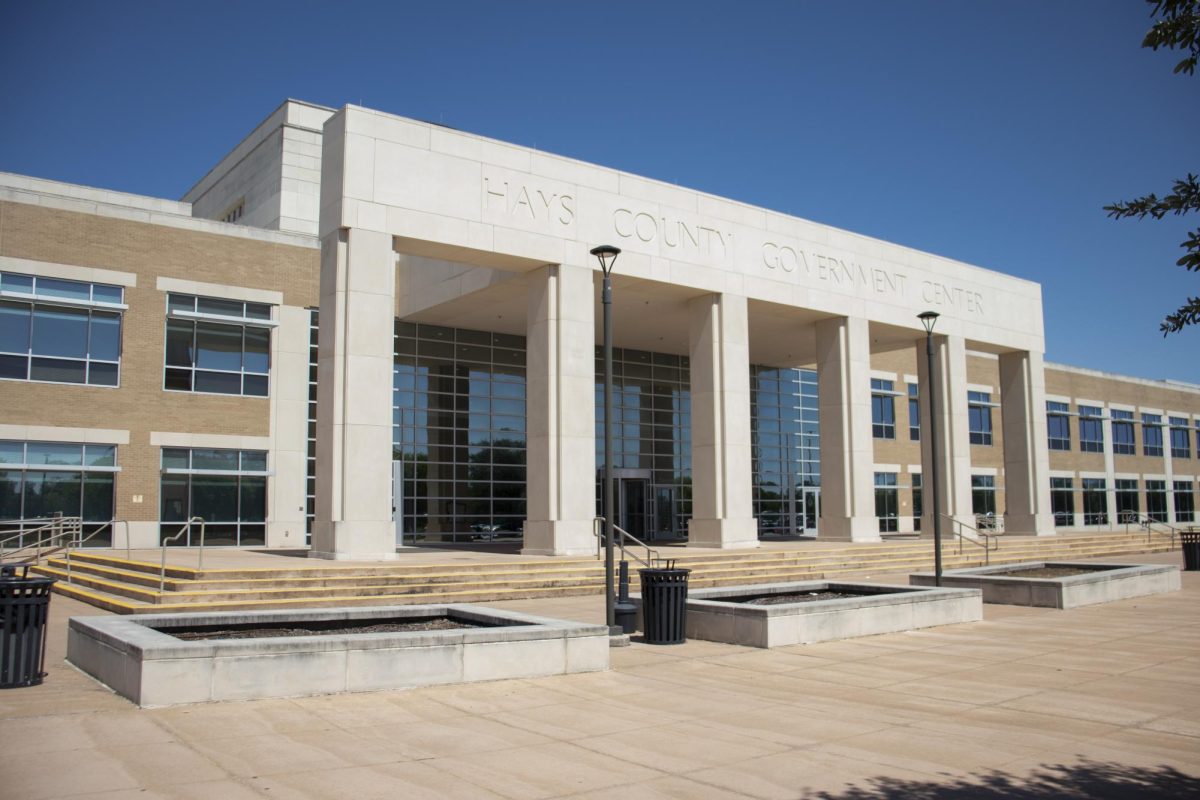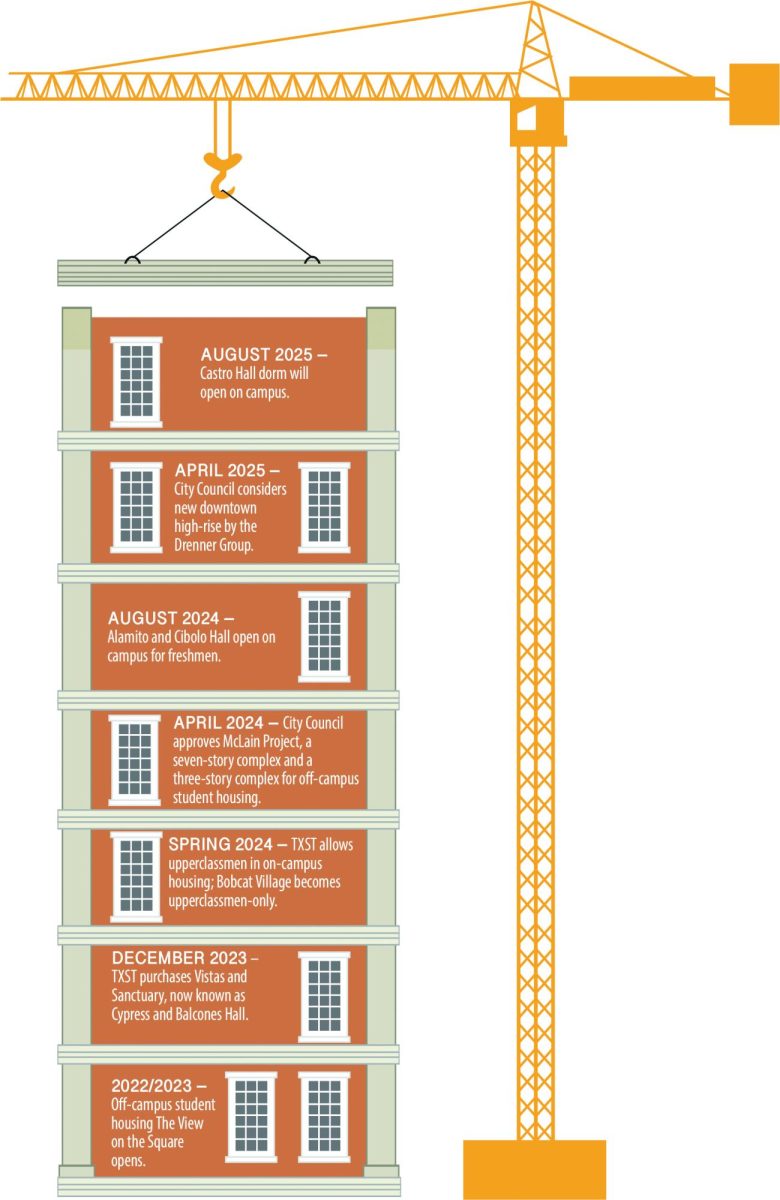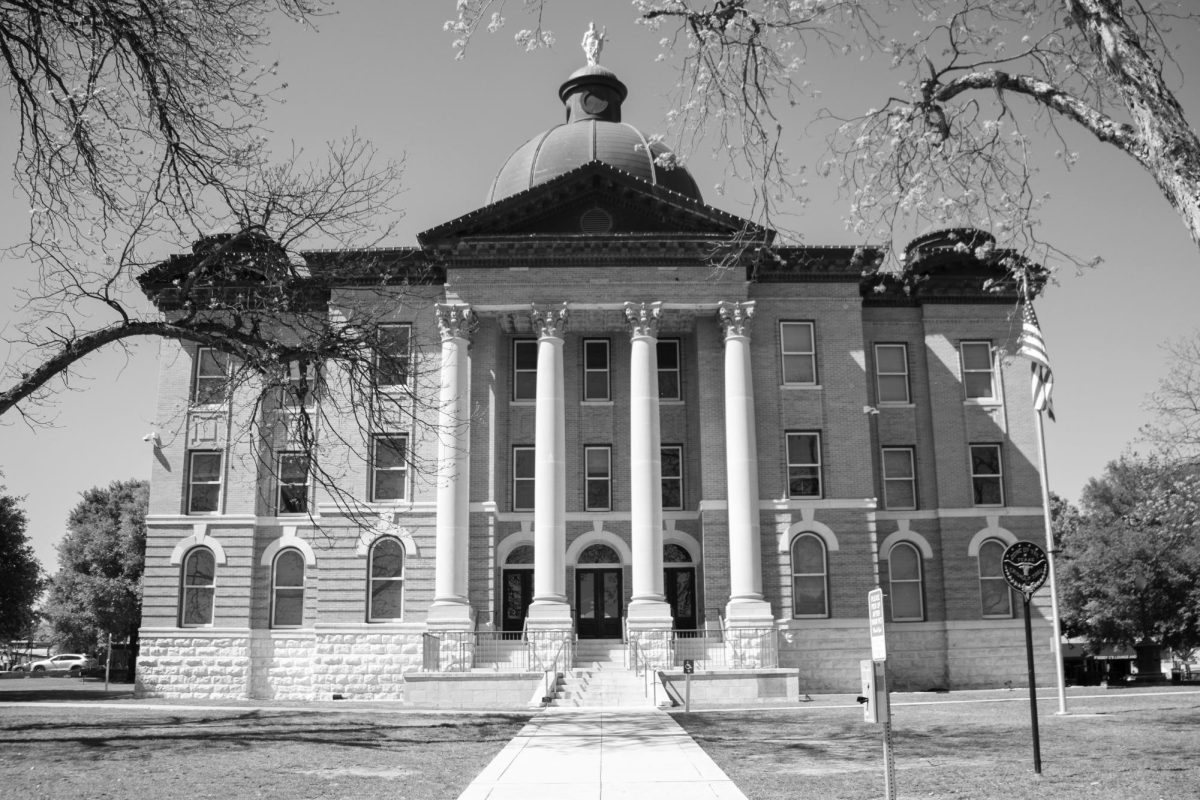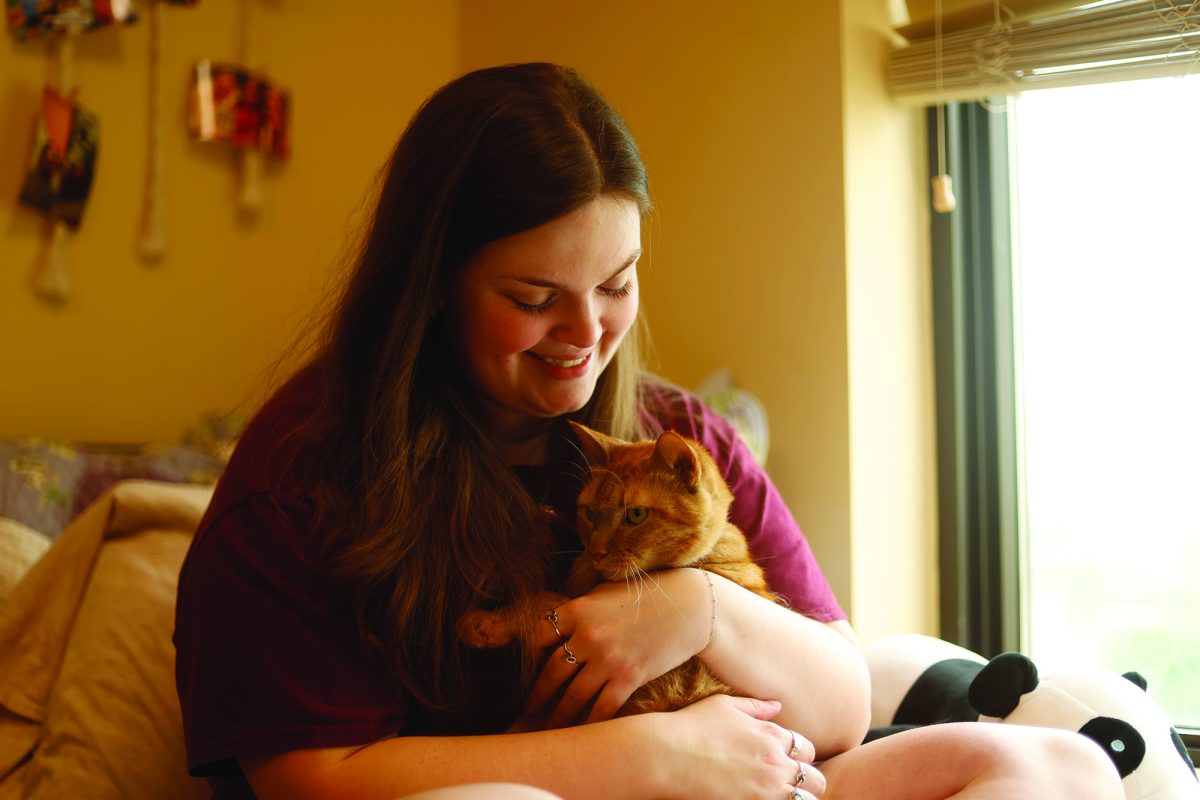Results from the National Survey of Student Engagement for the 2016-17 academic year show that Texas State is slightly ahead of other emerging research universities in Texas in terms of student experiences.
NSSE collects data from first-year and senior students via email every spring and uses the results to measure levels of institutional effectiveness. Diversity and overall experience are the highest-ranking categories for Texas State while academic preparation and critical thinking have remained among the lowest-scoring since 2013.
Senior research analyst and Texas State alumna Susan Thompson helps administer the survey and works with the results on a daily basis.
“NSSE is about looking at institutional practices and student behaviors that will lead to them becoming successful college students and productive citizens,” Thompson said. “It’s a quick snapshot to see how we are doing compared to other institutions in our group, which vary in student population size and admission requirements.”
Emerging research universities included in Texas State’s comparative class are University of Texas-Dallas, University of Texas-San Antonio, University of North Texas, Texas Tech, University of Houston, University of Texas-Arlington and University of Texas-El Paso.
Beth Wuest, the associate vice president for Institutional Effectiveness, works alongside Thompson and other analysts to understand where Texas State is excelling and where there is room for improvement.
“Appreciation and positive acceptance of diversity is strong at Texas State and greater than that of our peers,” Wuest said.
Despite a mixture of flyers, protests and divisive events that occurred during 2016’s academic year, Texas State has an outstanding ranking when it comes to diversity inclusiveness. Seven of the highest-scoring subcategories under the item comparisons department included a positive outlook on diversity, varying backgrounds and societal problems.
A snapshot of Texas State’s results breaks down the five-page survey into four major categories: student engagement, academic challenge, item comparisons and how students assess their experience. Texas State’s status has not moved dramatically since the school’s consistent participation began in 2013 but trends are noticeable. First-year students reported that 86 percent would “definitely” or “probably” attend Texas State again, while other emerging research universities averaged at 84 percent. Seniors reported 87 percent, five percent higher than other Emerging research universities.
Daniel Brown, director of the PACE center, monitors first-year students’ responses and has noticed these steady patterns of elevated results in key portions of the survey. During initial inspection of the snapshot, Brown was drawn to questions that indicate student satisfaction on a large-scale level.
“This tells me that our students believe their experience is better than the experience their peers are having on other (emerging research universities’) campuses,” Brown said.
Colleges can place the survey under a microscope to look at performance in a specific demographic. This dissection allows offices, departments and schools to calculate changes that will have a positive impact on campus.
“NSSE data for our freshmen indicated that they were perhaps not as aware of opportunities or were hesitant to get involved,” Brown said. “As a result, a University Seminar assignment directing students to the Student Involvement Fair was developed.”
The NSSE snapshot from spring 2017 is found at the bottom of the Office of Institutional Research’s page on the Texas State website.
Categories:
National Survey of Student Engagement shows Texas State pulling ahead
October 27, 2017
Photo by Shayan Faradineh
0
Donate to The University Star
Your donation will support the student journalists of Texas State University. Your contribution will allow us to purchase equipment and cover our annual website hosting costs.
More to Discover



